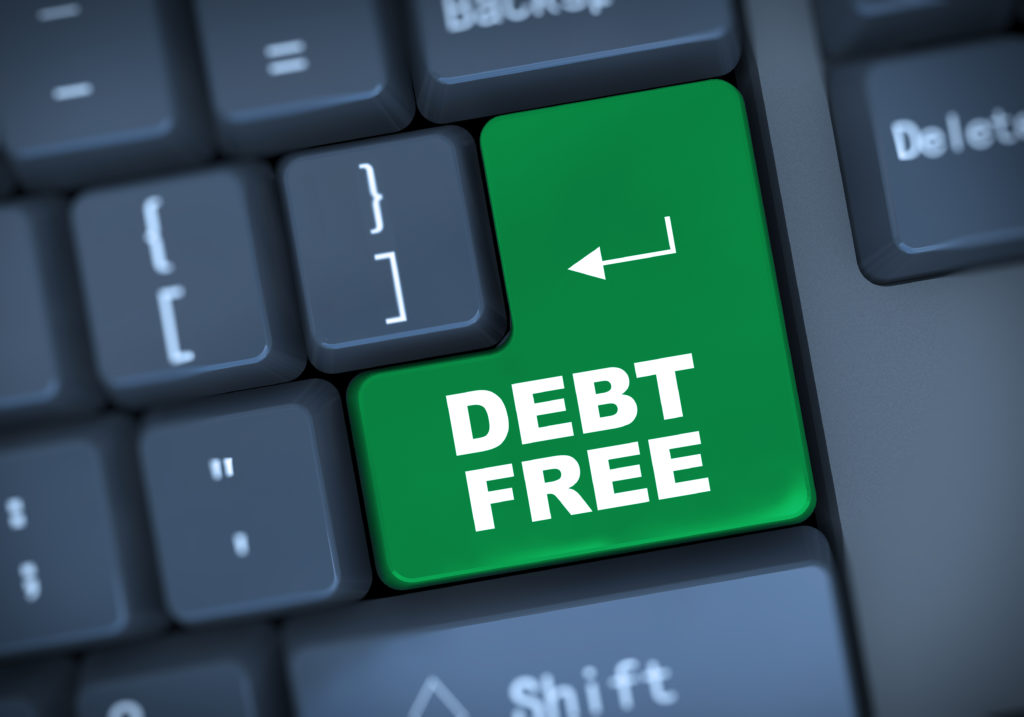How to get out of debt on a single income after a divorce
Adjusting to a single income, post-divorce, can be challenging. These tips will help you organize your finances and find ways to save.
Advertisement
Adjusting to a single income, post-divorce, can be challenging. These tips will help you organize your finances and find ways to save.

READ: How to get out of debtIt’s possible your debt accumulation is the result of the shock of having to be financially independent. As this is a new experience, I’d suggest starting with taking a hard look at your spending and learning more about your cash flow. Based on the annual salary you’ve provided, I’ll estimate that your monthly net pay is $2,973 in Ontario. Just taking $1,600 off the top for rent leaves you with $1,373 towards your other expenses. While I don’t know how much you pay for your car or insurance, I do know that your minimum credit card payment should be at least $120 (3% of your balance owing). After making this payment, you are left with just $1,253 a month to pay for your car, insurance, gas (which has also been very high), hydro, internet, and groceries. It’s not a whole lot of money to allow you to contribute more than the minimum towards your debt. You do have some options for repaying this debt on your own that go beyond just making the minimum payment.
Affiliate (monetized) links can sometimes result in a payment to MoneySense (owned by Ratehub Inc.), which helps our website stay free to our users. If a link has an asterisk (*) or is labelled as “Featured,” it is an affiliate link. If a link is labelled as “Sponsored,” it is a paid placement, which may or may not have an affiliate link. Our editorial content will never be influenced by these links. We are committed to looking at all available products in the market. Where a product ranks in our article, and whether or not it’s included in the first place, is never driven by compensation. For more details, read our MoneySense Monetization policy.
Share this article Share on Facebook Share on Twitter Share on Linkedin Share on Reddit Share on Email